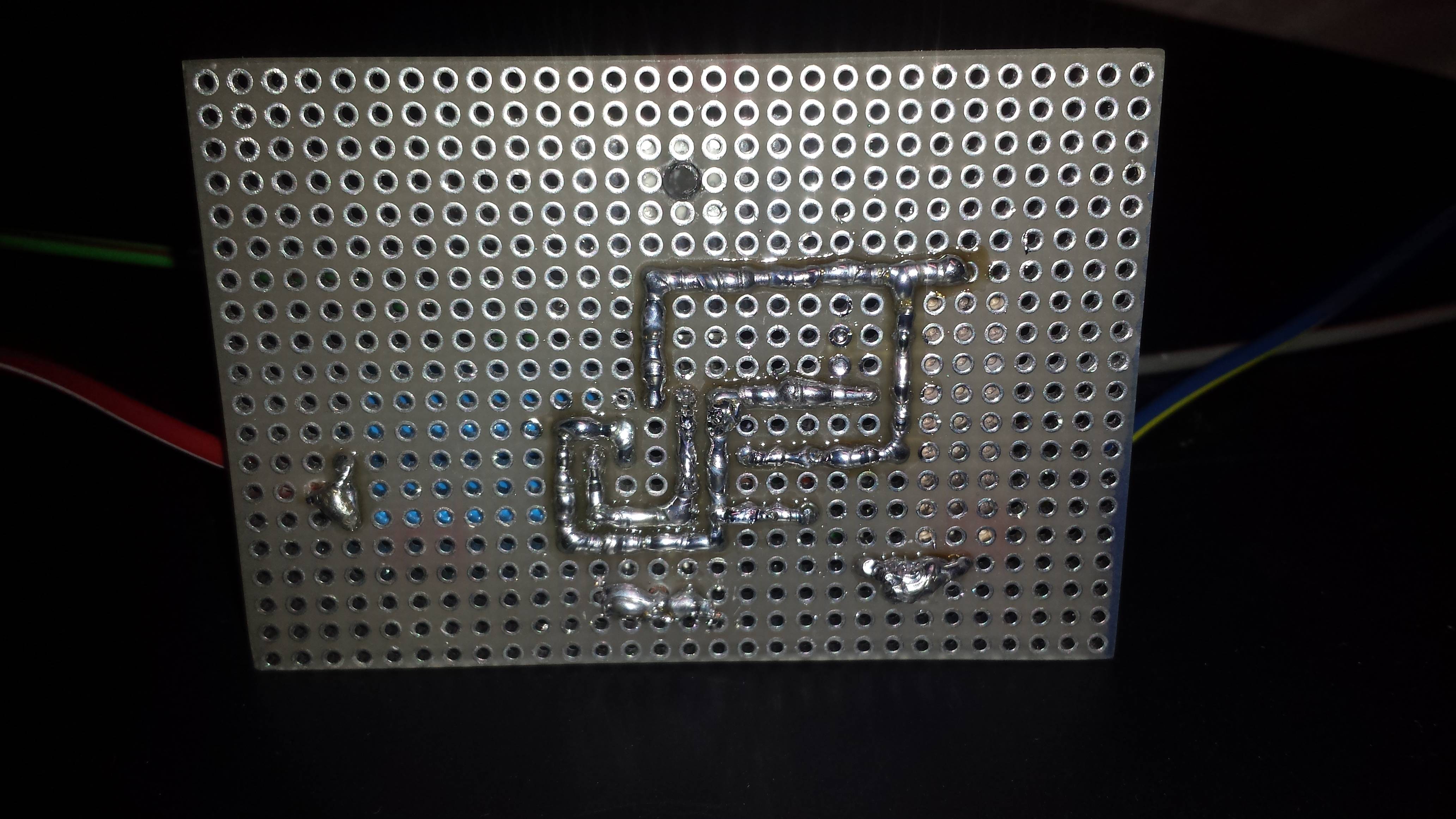Hi. I'm a newbie here. I completed my one and only build about a month ago.
I'm an engineer (chemical and controls, not exactly electrical, but I manage OK) and I'd like to experiment with building my own CDI with some tuning capability. There is a lot of info here, but it is spread out among several forums and threads, and I wonder if someone could point me to the most efficient place to start. Also, many of the old posts have broken links to images, which make it impossible to read and follow the discussion and development.
I will happily share any information I learn or develop. I'm a big believer in open-source design.
Also, as an electronics hobbyist, I have a good 2-channel oscilloscope and I'd love to put it to use to measure the performance and function of our CDI circuits.
Let me start by asking: What is the most current, best developed DIY CDI circuit that members have built, tested, and are using happily on their own bikes?









